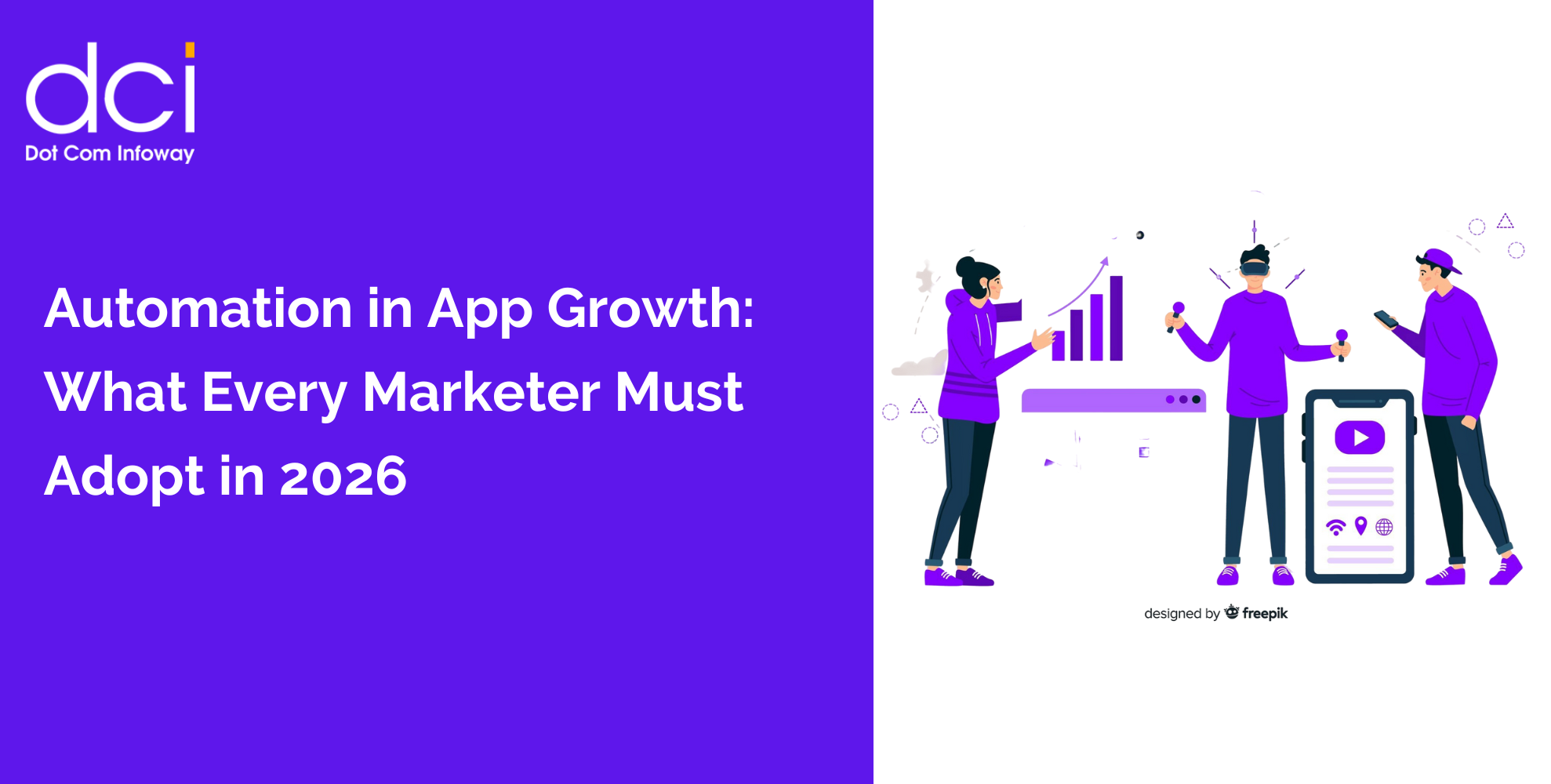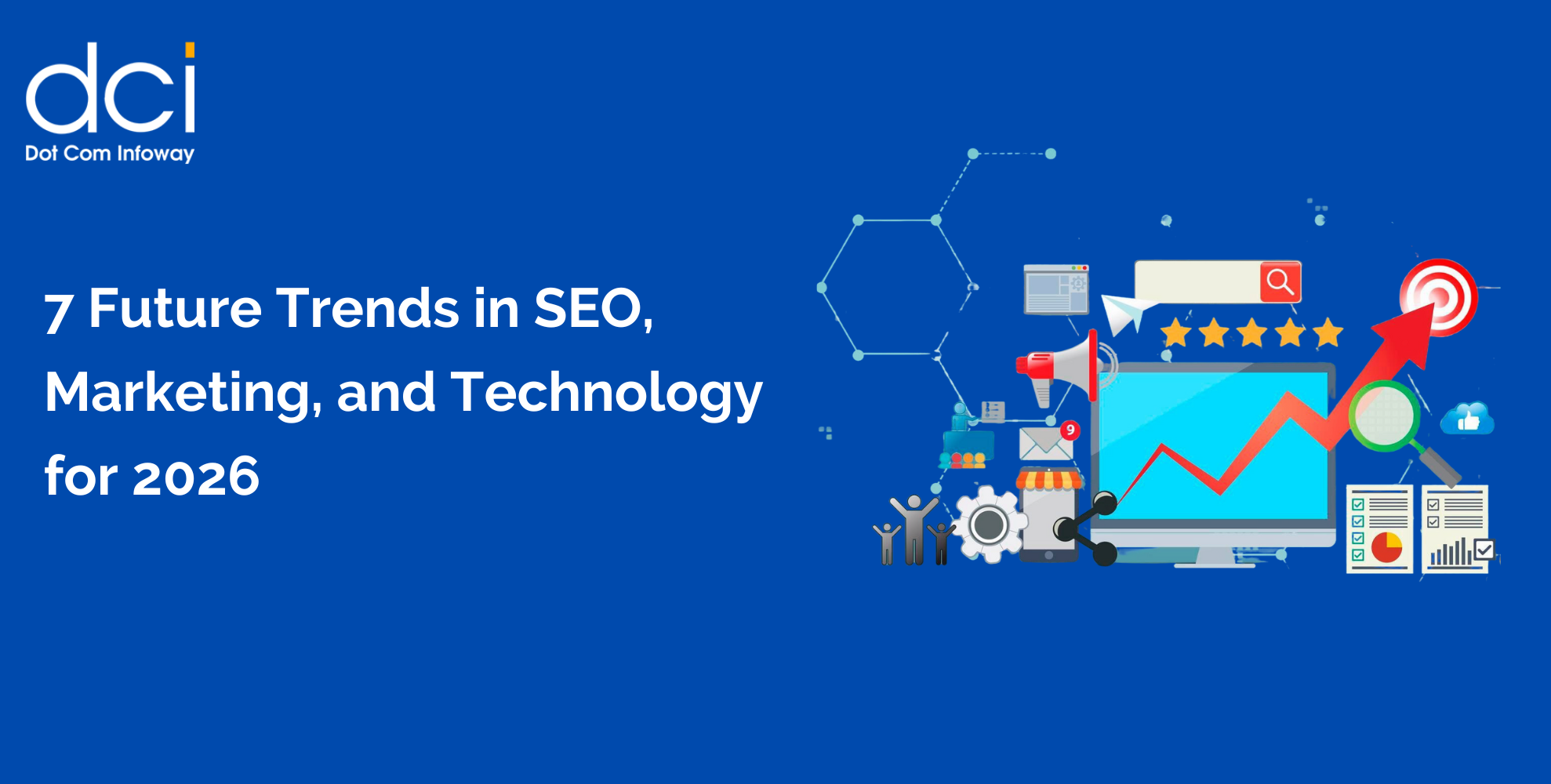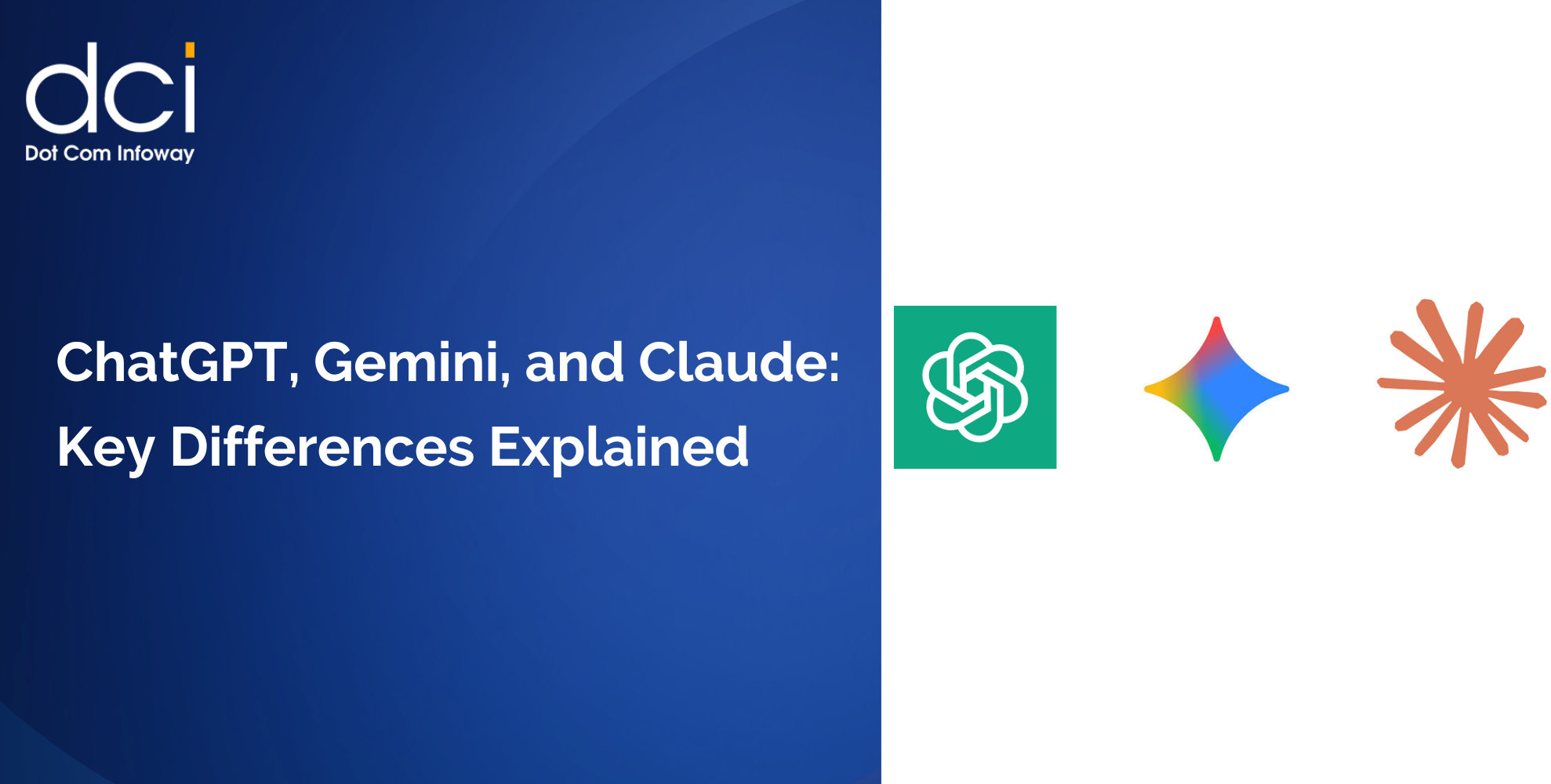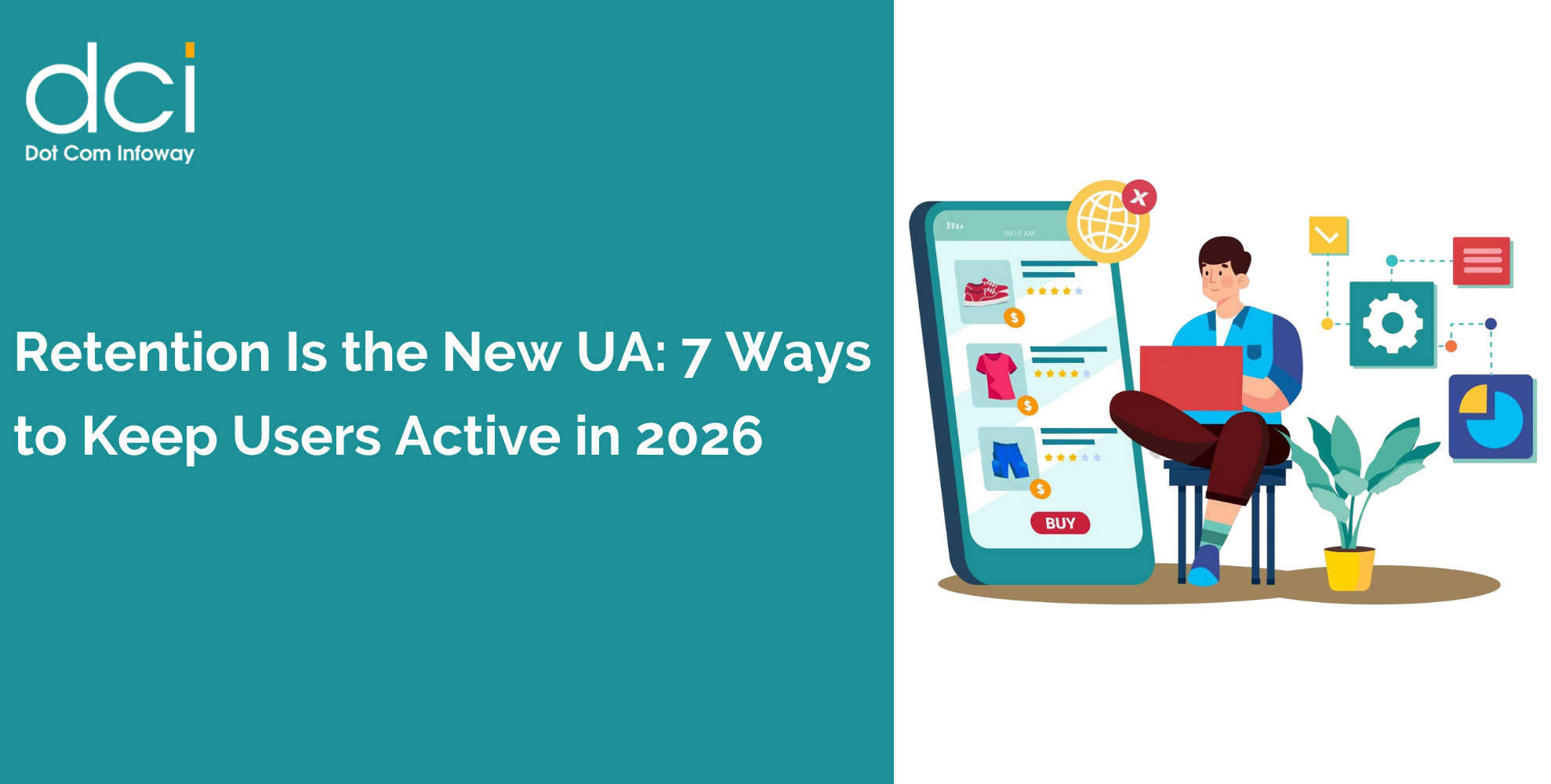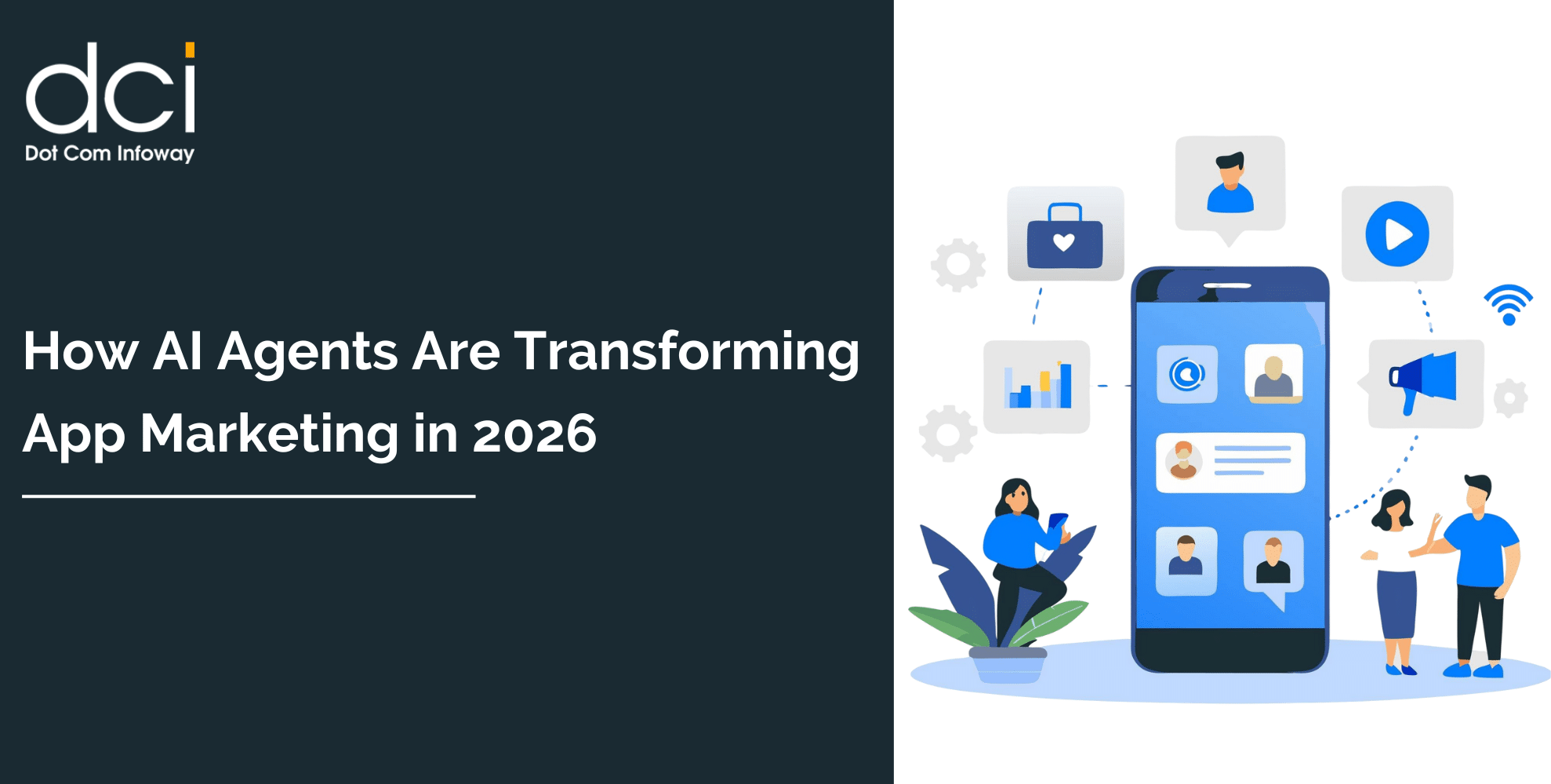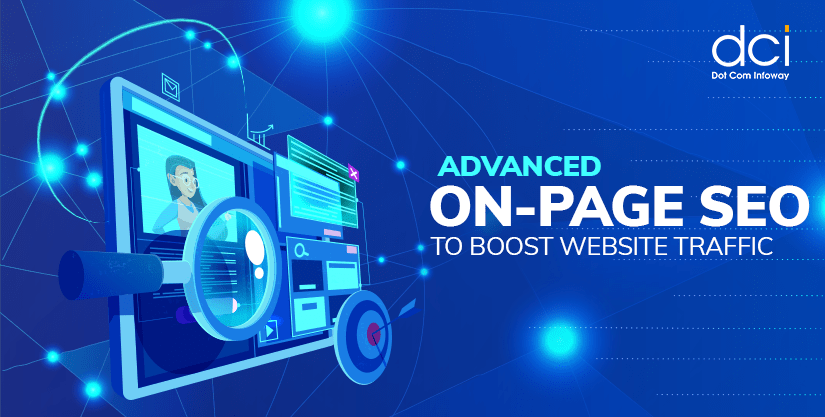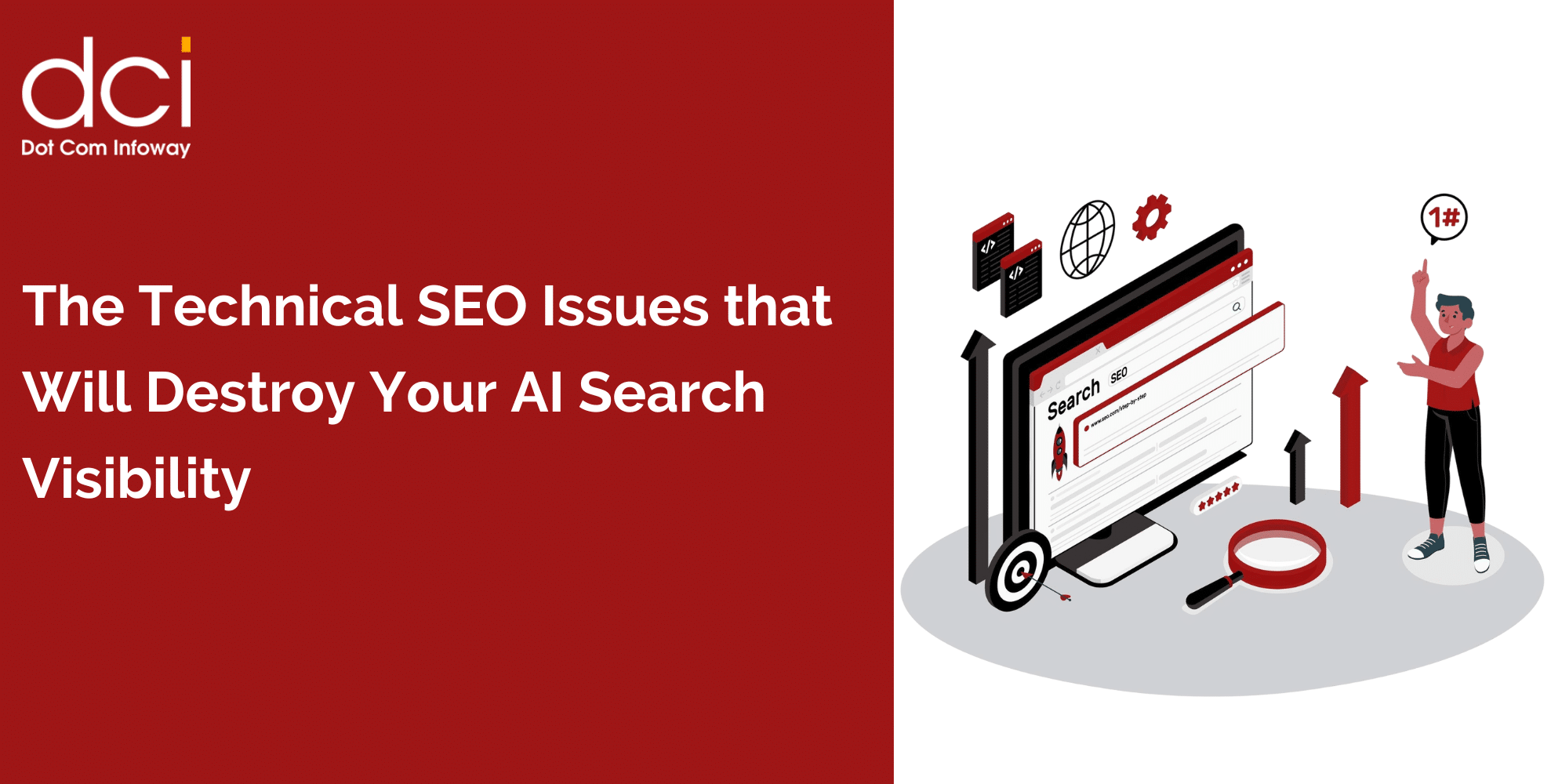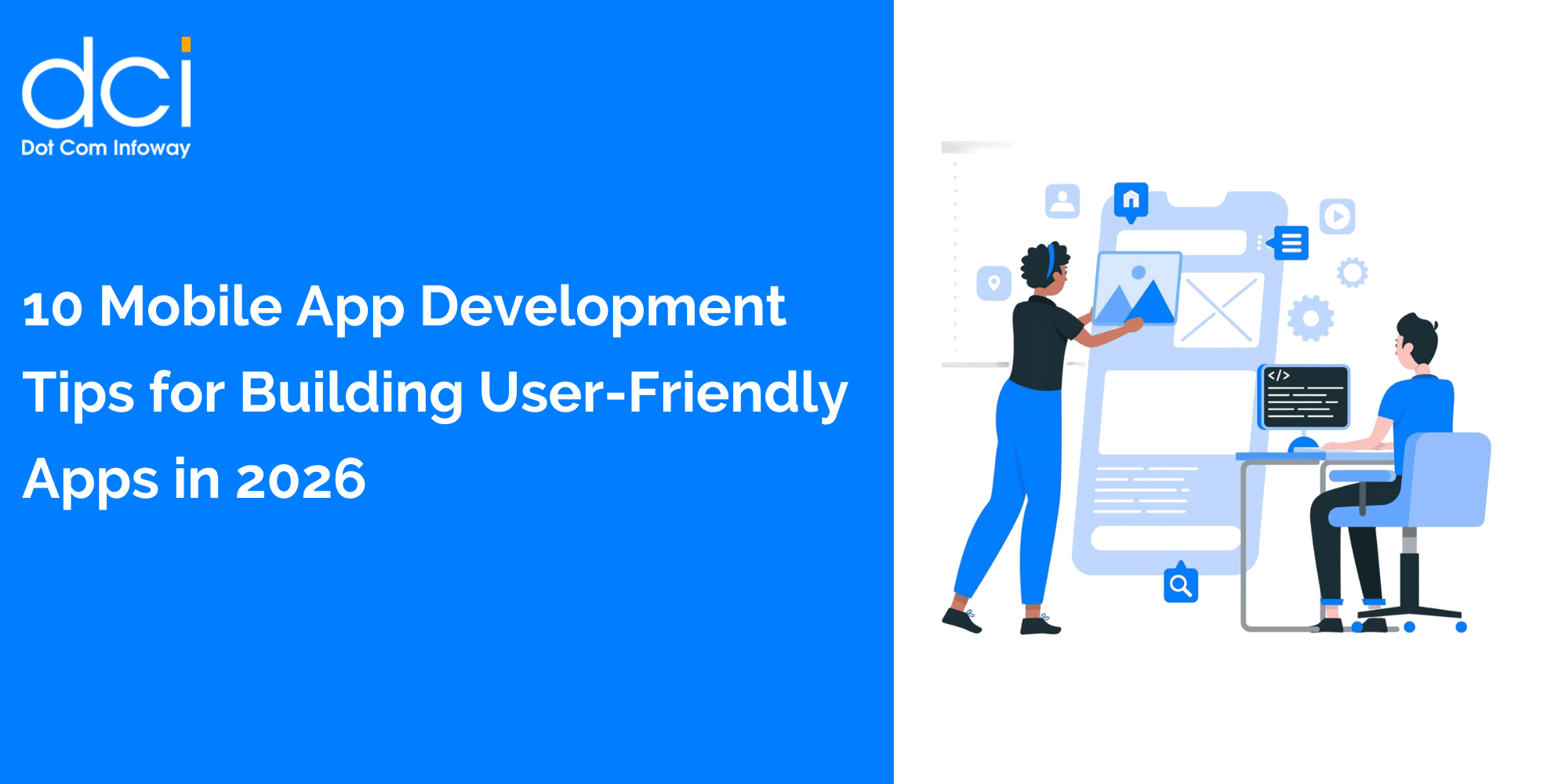Frequently Asked Questions (FAQ)
How do I start optimizing my mobile app marketing strategy for better user acquisition?
To start, focus on a strong foundation: conduct thorough App Store Optimization (ASO) for organic visibility and then strategically layer in paid user acquisition (UA) campaigns. Analyze your target audience and competitor strategies to inform your initial efforts.
What are the most effective mobile app marketing strategies for 2025?
The most effective strategies for 2025 include a synergistic blend of ASO and Paid UA, segmented retargeting, hyper-personalization driven by AI, influencer marketing, and continuous A/B testing. These approaches leverage data and user behavior for optimal results.
Why should I invest in App Store Optimization (ASO) if I’m running paid ads?
ASO is crucial even with paid ads because it improves the conversion rate of your ad clicks. A well-optimized app store listing means users landing from your ads are more likely to install, making your paid campaigns more cost-effective and boosting overall organic visibility.
When to use influencer marketing for app acquisition?
Influencer marketing is best utilized when you want to reach niche audiences with trusted voices, build early buzz, or showcase your app’s features authentically. It’s particularly effective during launch phases or when targeting specific demographic segments.
How does AI contribute to better user acquisition rates?
AI enhances user acquisition by enabling hyper-personalization, predicting user behavior, optimizing ad placements, and automating campaign management. It allows for data-driven decisions that lead to more efficient targeting and higher conversion rates, as highlighted by AppsFlyer’s 2025 predictions.
What is hyper-personalization in mobile app marketing?
Hyper-personalization involves delivering highly tailored content, offers, and experiences to individual users based on their unique preferences, behaviors, and real-time context. This can include dynamic deep linking, behavioral triggers, and location-based offers.
How often should I update my ASO strategy?
You should regularly review and update your ASO strategy, ideally monthly or quarterly. App store algorithms, keyword trends, and competitor activities are constantly changing, so continuous monitoring and A/B testing are essential to maintain optimal visibility and conversion, as advised by Udonis Blog.
What role do user reviews play in app acquisition?
User reviews are incredibly influential. Positive reviews boost credibility and conversion rates, while negative ones can deter potential users. Actively managing and responding to reviews is a critical part of your ASO and overall marketing strategy to build trust and improve acquisition.
Can referral programs significantly impact user acquisition?
Absolutely. Referral programs can be highly effective by leveraging existing users to bring in new ones. Offering incentives to both the referrer and the referred user creates a viral loop, driving organic, high-quality acquisitions at a lower cost, as discussed in mobile marketing stats.
What are the key metrics to track for mobile app user acquisition?
Key metrics include User Acquisition Cost (UAC), Lifetime Value (LTV), retention rate, conversion rates (from view to install, and install to key actions), and Return on Ad Spend (ROAS). Monitoring these provides a holistic view of your acquisition performance.
How do I measure the ROI of my mobile app marketing strategy?
Measuring ROI involves comparing the revenue generated from acquired users (LTV) against the cost of acquiring them (UAC) across different channels. Tools and analytics platforms can help attribute installs and revenue to specific marketing efforts, providing clear insights into your Return on Ad Spend (ROAS).
What is dynamic deep linking and why is it important?
Dynamic deep linking directs users to specific content within your app from external sources like ads or emails, even if they don’t have the app installed yet. It’s important because it creates a seamless user experience, reduces friction, and significantly improves conversion rates by guiding users directly to relevant in-app content.
Conclusion: Charting Your Course for Mobile App Success
Optimizing your mobile app marketing strategies for better user acquisition rates is a continuous journey that demands a multi-faceted approach. By embracing the synergy between App Store Optimization and Paid User Acquisition, leveraging the power of segmented retargeting and hyper-personalization, and harnessing the transformative capabilities of AI and automation, you can significantly enhance your app’s visibility and appeal.
Remember to consistently engage with your community, solicit feedback, and iterate based on data-driven insights. The mobile app market is a dynamic ecosystem, and those who adapt, innovate, and strategically apply these marketing principles will be the ones to achieve sustainable growth and thrive in 2025 and beyond. Start implementing these strategies today, and watch your user acquisition rates soar!

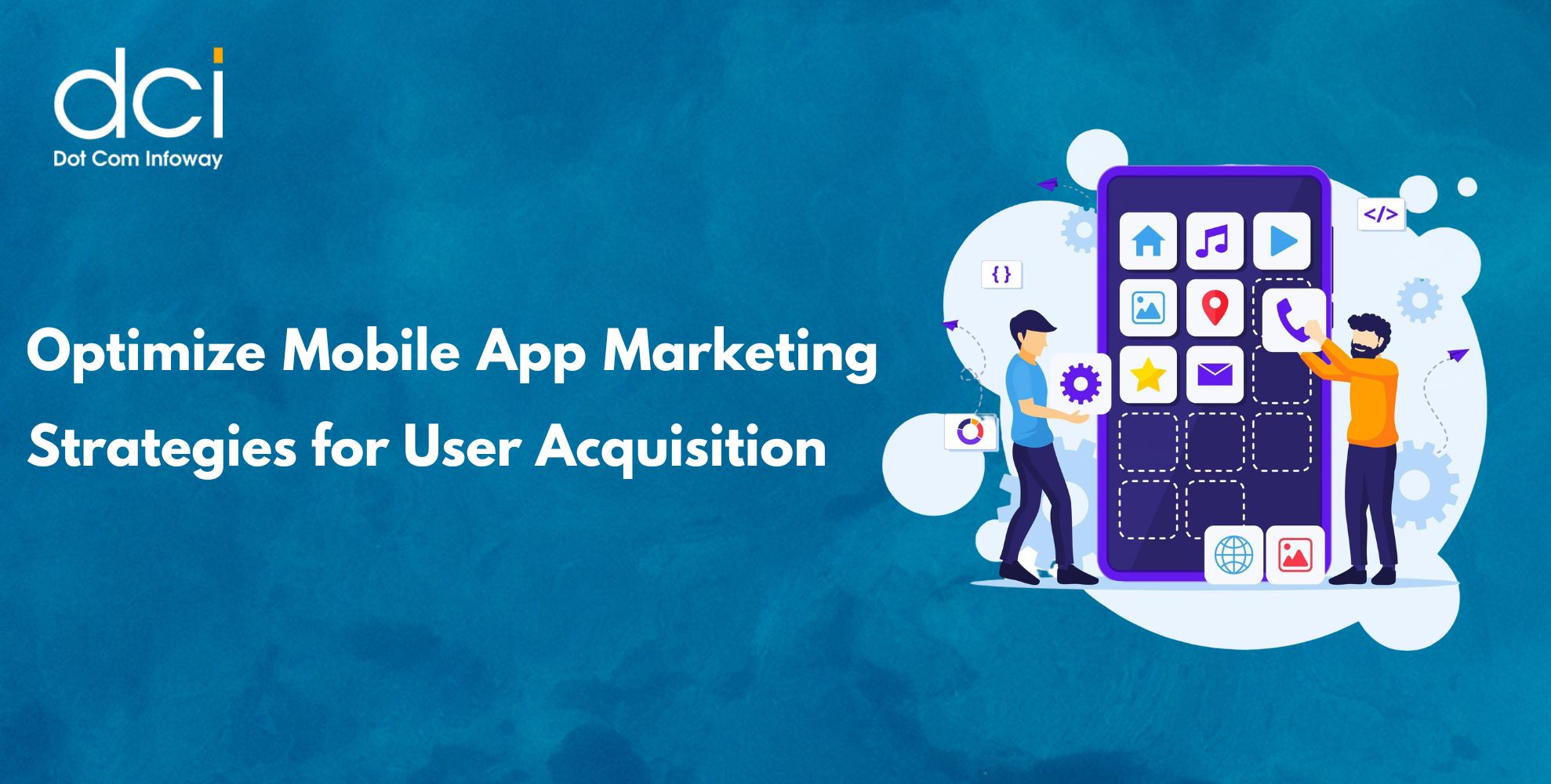

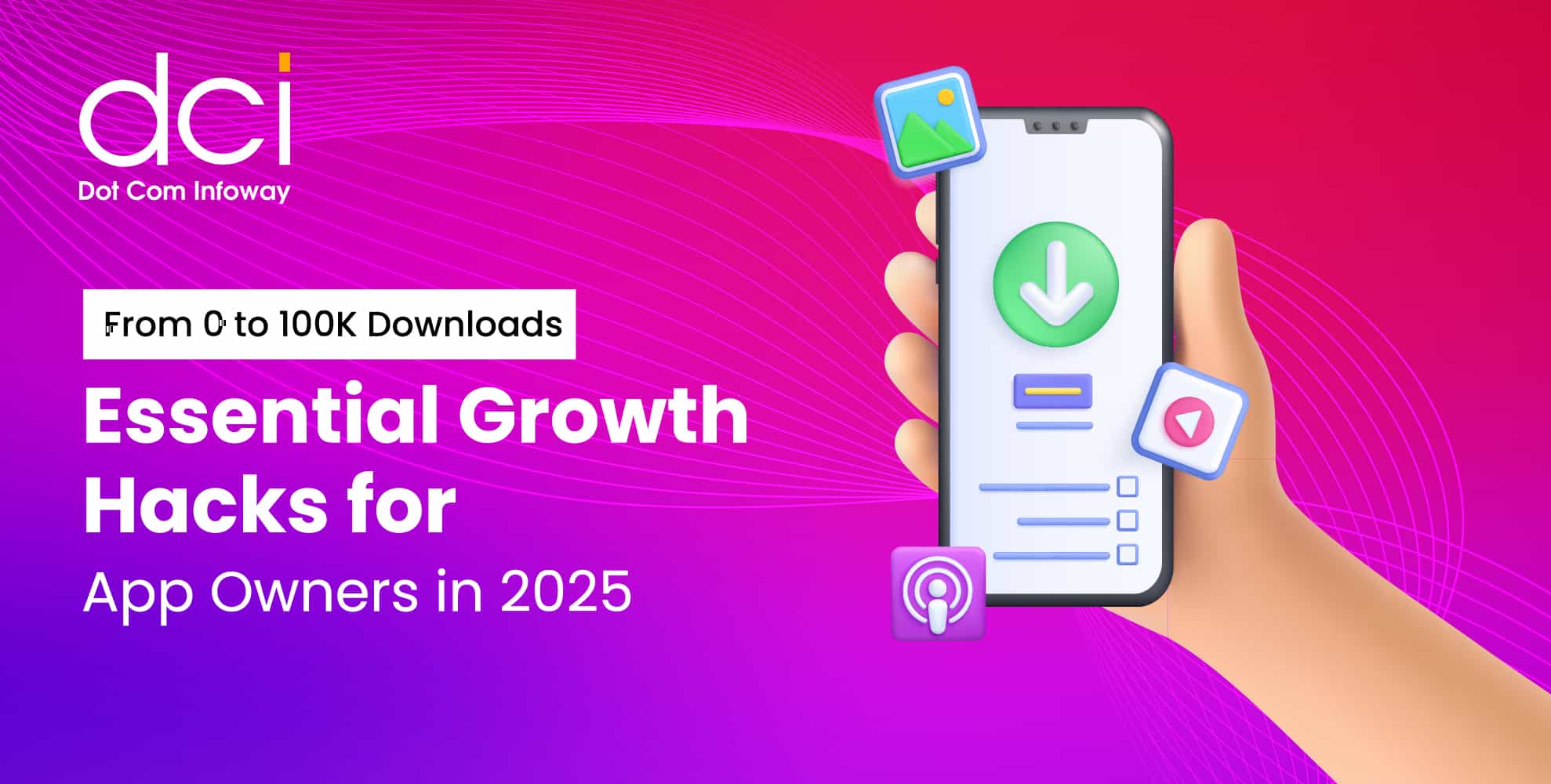

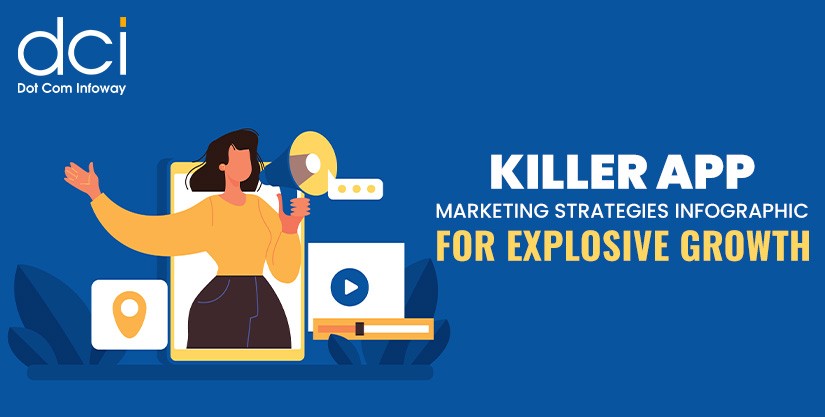

![The Game Marketing Guide: Pre and Post-Launch Strategies [Infographic]](https://www.dotcominfoway.com/wp-content/uploads/2023/09/DCI-Game-Marketing-blog-1.jpg)

